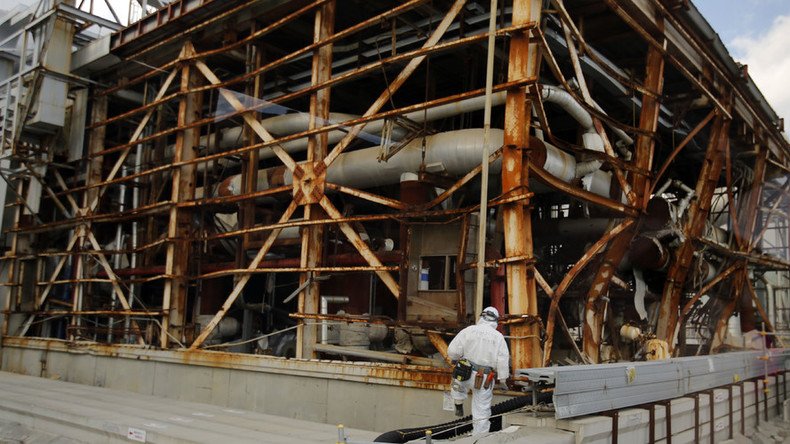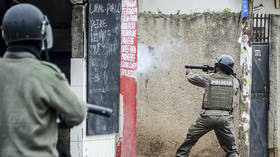Bad news for bots: Fukushima cleanup robots overpowered by radiation (VIDEOS)

The Fukushima Daiichi nuclear plant is still so toxic that even the robots tasked with cleaning up the site after three catastrophic meltdowns are struggling to ‘survive’.
Five years after a massive earthquake and 10ft-high tsunami laid waste to the energy plant in eastern Japan, the major operation to rid the area of nuclear debris continues.
An estimated $21 billion has been spent on cleanup efforts since 2011, including funding for a team of remote activated robots capable of going to high-dose radiation areas of the plant where humans cannot enter and survive.
However, it has now emerged that at least five of these robots have been lost to the dangers that lurk in Fukushima Daiichi’s severely damaged nuclear reactors and waste treatment buildings.
The machines were overpowered by the sheer scale of radiation during an effort to remove melted fuel rods, Reuters reports.
READ MORE: Fukushima 5yrs on: Botched response, radiation danger, murky prospects
According to Naohiro Masuda, the man heading up the plant’s decommissioning project, the harmful radiation short-circuits the wiring in the robots, causing them to stop working and leaving them stranded inside the disaster site.
A map released by the plant’s operators, Tokyo Electric Power Co. (TEPCO), just last month shows the high levels of radiation being recorded around the plant’s wrecked reactors.
Areas located close to the initial disaster zone contain levels of radiation above the highest level recommended by the International Commission on Radiological Protection (ICRP) for rescue workers in emergencies.

A guide by the World Nuclear Association indicates that exposure to radiation above 1,000 msv is “above the threshold for causing immediate radiation sickness” and increases risks of fatal cancer in humans.
READ MORE: 4 biggest lies about the Fukushima disaster
Robot crew
TEPCO currently uses custom-built robots to tackle specific areas of the Fukushima reactors. The cleanup droids include models named Sakura and Rosemary - two robots which survey the source of radiation on the second and third floors of volatile reactor buildings.
New family of robots helping clean up Fukushima: A new family of robots that all fit onto a common base is being...
Posted by Tokyo Electric Power Company, Incorporated (TEPCO) on Wednesday, December 16, 2015
Meanwhile, dry ice blasters and a snake-like vacuum called the Raccoon are used to decontaminate parts of the plant.
A tractor-like device, called the Frigo-MA, has also been developed to “investigate small rooms in the reactor buildings,” TEPCO says.
Japanese company Toshiba is currently working on a specially designed device that could extract exposed fuel rods from the Fukushima plant unit 1. The large robotic arm is capable of slicing up nuclear waste and removing it from the site.












